If you deal B2B then your audience will be buyers, specifiers and architects who you find through trade channels, while B2C brands want to be seen on TV and in the style bibles; or maybe you’re a better fit for influencers, glossies or celeb endorsement.
So, Product Placement, where do you start?
Whether you are a manufacturer producing funky futons, mid-century-esque dining chairs or Scandinavian style storage, this guide is for you. If you need to place your products in front of your buying publics – whoever they may be – this is for you. It’s also for the homes and interiors PR specialist, who might be able to pick up some ideas they’d not thought of before – or maybe use the comments below to tell us any we’ve missed.
I’ll be drawing on my experience, and that of the team at jwc, on everything from product placement on primetime television shows, to targeting niche blogs.
This is intended to be a beginner’s guide to product PR for the consumer-facing homes, gifts and interiors sector.
This article will outline the main media channels. It will also include some general advice on how to best go about gaining exposure within those channels. Any questions on product placement – pop them in the comments below and I’ll respond as soon as I can.Contents:
- Furniture PR 101
- Photography for successful product PR
- Creating a PR campaign for your products
- Request services
- Influencer marketing – the minefield
- Launching a collection
- Product Placement on TV (including a horror story)
Product Placement 101 – the basics
Whether you are a manufacturer of mid-market seating or retailer of high-end luxury interior statement pieces, and whatever your target audience one rule is true for all – images are everything. Images sell.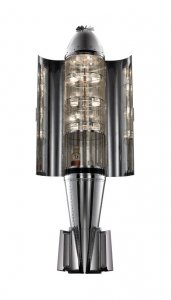
Focus on Furniture PR:
High-end statement pieces of furniture don’t come much more statement than this amazing piece we placed in The Times and the FT: A converted WW2 cluster bomb, mirror-polished, inlaid with walnut and turned into a minibar. (set you back about £60k)
Photography for succesful furniture PR
Here’s the golden rule for images: invest in them – read our piece on how Farrow & Ball, made this play out for them – and pay for itself over and over.
Get your own, professionally shot – put the phone away – high resolution images of your furniture. And ensure that the copyright to them remains with you, because while good images cost a lot of money the great ways you can use them increases every day (ok, nearly).
Don’t rush this. A good photoshoot is more than just a photographer, it’s a stylist, maybe a set-builder, assistants, props… its going to cost. But it WILL be worth it.
Product and Lifestyle Images
Photography should encapsulate your brand’s persona, this is what we call ‘lifestyle photography’.
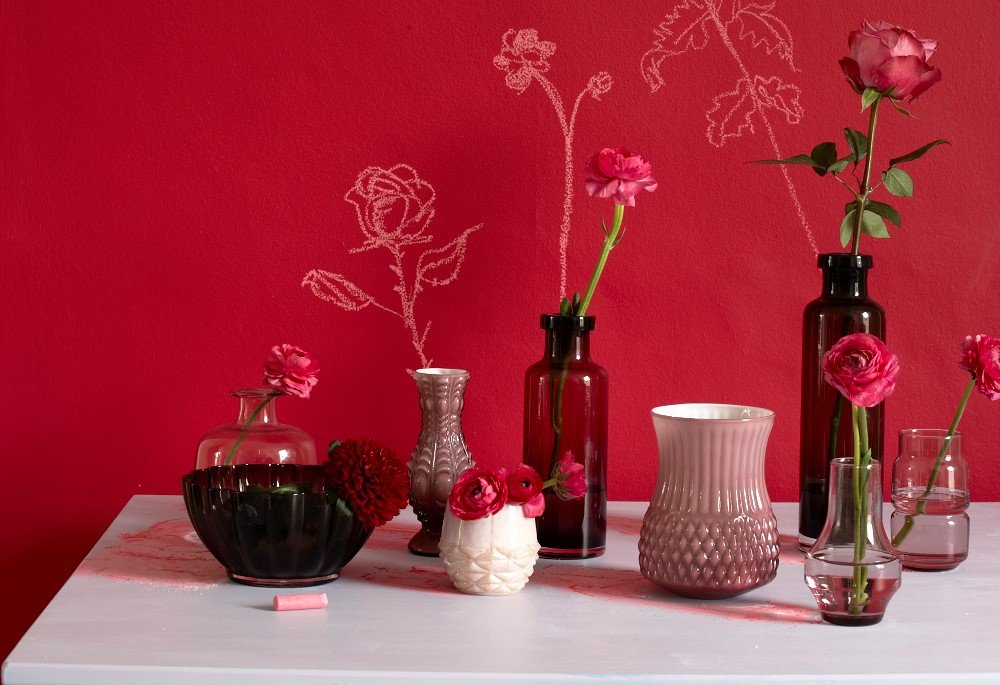
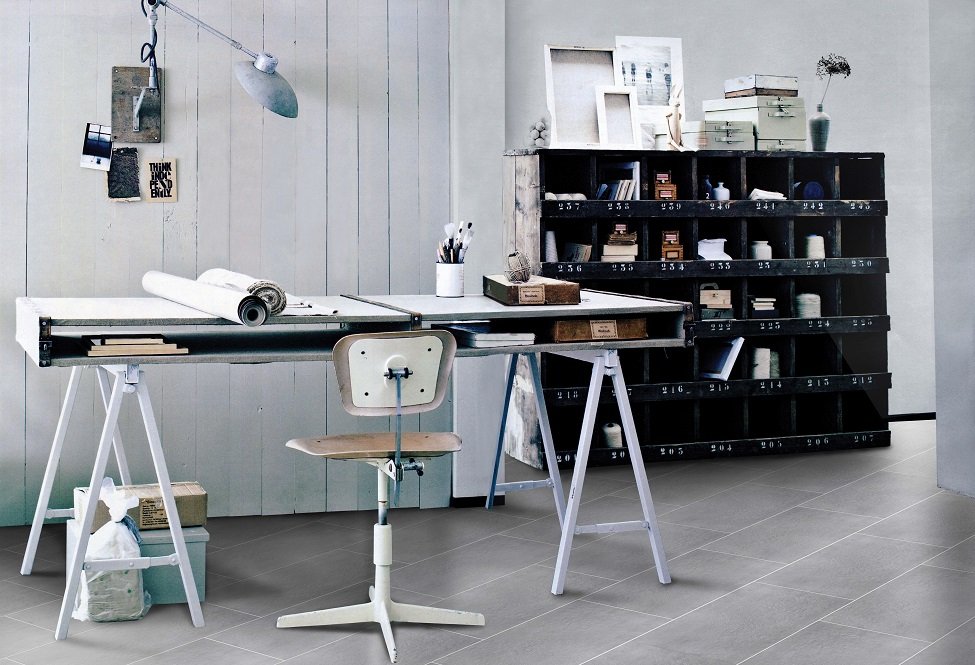
Lifestyle image from the Baked Tile Company
What is lifestyle photography?
Well, lifestyle photography takes place in a simulated real-life setting – an aspirational setting which shows your products in their best possible light (light is important too!). We’ve had full pages of coverage in highly coveted media using beautifully shot lifestyle images.
But, you also need product shots
These are sometimes called cut-outs – and these show, surprise, surprise, your products against a white background. A png with a transparent background works, too.
Cut-out images, or product images, are easier for journalists/picture editors/magic trolls (whoever looks after the graphical side of the outlet you’re dealing with) to use on product pages.
Double your chance of media coverage
Whatever your product, from furniture to paint, creating cutout versions of your product images effectively doubles your chance of having your products used in the media.
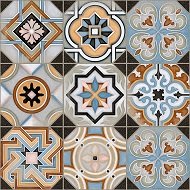
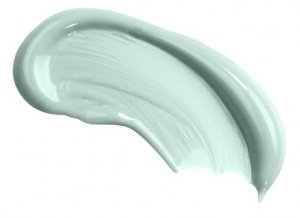
Real Life/Case study images:
In addition to product images, real-life/case study images are brilliant for securing media coverage. For consumer-facing furniture Pr and homes and interiors these will take the form of real homes. This can be either be a through the keyhole look at some gorgeous pad – featuring your furniture/products – or before-and-after style images of an inspiring makeover.
A case-study, is basically of a B2B version of the same thing. For instance, if you produce furniture for restaurants and bars, then stunning photography of projects you’ve been involved with is what you need.
The right kind of images…
Whether I am dealing with online or offline, I always send juicy high res jpeg images. I won’t send anything that’s smaller than 1meg or bigger than 3.5meg. Go for no less than 300dpi. That way, if the outlet is looking for a bigger image to fill a space, they will already have yours to hand.
I appreciate that this isn’t necessarily the definitive way to measure image size, but as a rule of thumb it works.
Product Release
As well as images I’d always send a product release. It’s not the same as a “press release” and only needs to be short. Include product name, price and a short item description. Read this post on how to make your product releases 60% more effective. (
Photography – getting images working straight away…
After investing in a professional photoshoot, you want to get your pictures in the media and in front of potential customers as soon as possible.
One super-shortcut here is to use the ever-fabulous Press Loft.
In simple terms, Press Loft makes your high res images and product details available to journalists and bloggers 24/7 – and instead of you having to pitch them – they search for what they need and when they take one of your images, you get an email letting you know.
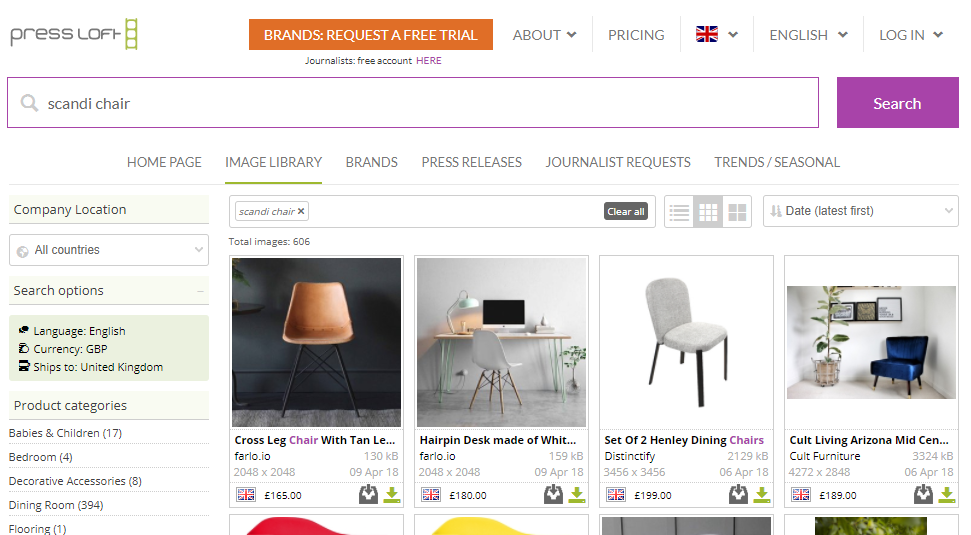
It’s probably the most cost-effective way of carrying out product PR, that there is. We offer Press Loft accounts to all our clients – and to all our friends we can offer a free trial to Press Loft
To make it really work, you need to be clever with your keywords, and with how you follow-up journalist downloads. And if you’ve lot of products… it’s a lot of work to set it up. But once it’s done, just think of it as a way to make your images work for you, without you working.
Creating a PR campaign for your products
A PR campaign can be as complicated as you want to make it. But let’s keep it simple. We’re going to split things in two – reactive and … yep – pro-active. And we are just going to talk about media relations here – not about events, trade shows or desk visits. I’ll do those in another blog, soon.
Reactive press office:
Doesn’t need much explaining does it? You’re basically reacting to opportunities as they present themselves. Such as emails requesting information and product images for a certain room of the house, or a certain item of furniture.
“What!” you say. No-one emails you? Let me let you into a little trade secret here:
Request services:
PRs use request services such as Response Source, and Homes4Media. When journalists or bloggers are looking for products to feature, a lot of the time they will fire a request out through a service like this. If you have the right kind of product and/or information then this can lead to great opportunities and lasting relationships.
Infleuncer marketing… the minefield
In the past we have struck up successful relationships with many different objectives: from product testing and testimonials to creating beautiful cost-effective lifestyle photography. But the ‘influencer’ world is a minefield of problems and fraud.
Since 2012 we have been witness to the rise of the influencer. We have worked with brilliant ones and become experts at spotting the chancers. A good place for you to start, would be to read my blog about the problems with influencer Fraud which was published in PR Moment.
Pro-active press office
This is a more powerful approach than purely reactive communication. Its where you ‘make your own weather’ as Tony Blair’s pressman Alistair Campbell, used to put it.
Two companies who are really good at this are Dulux and Pantone, who both release a ‘Colour of The Year’ report which supposedly predicts the hot colours for the next season. As soon as these come out writers and designers are falling over themselves to write about these shades – and you can react to these releases by gathering your own products into collections which match or enhance the ‘colour of the year’ and issuing that all-round to your key contacts.
Do they really predict the colours of the next season? No. You can’t predict that like you can’t predict the weather. But because they are big names they have an authority which journalists aren’t afraid to associate with. It’s a peg they’re happy to hang their hat on, and it almost becomes a self-fulfilling prophecy.
You might not have the authority of Dulux and Pantone, but you can still ‘make your own weather’. Look at your sales data for trends, speak to your designers about what’s influencing them and release a report or a collection for a season or a theme.
Launching a collection
Got a new product or range of products coming out? Tie them into a seasonal collection and create a stylish look-book to launch them into the media.
A look-book should show your furniture or products clearly and concisely. Use your best images and develop the copy to really catch the eye of a journalist or editor.
Here’s an example of a collection of tiles we launched through a lookbook, which we mention in a small case study below.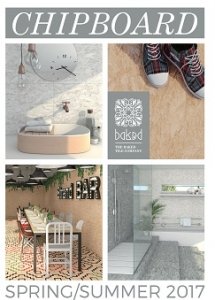
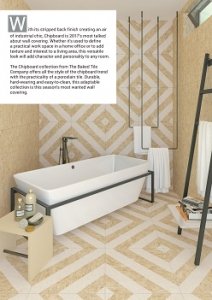
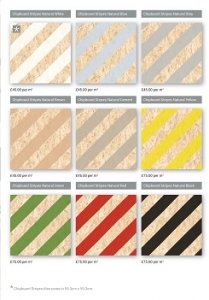
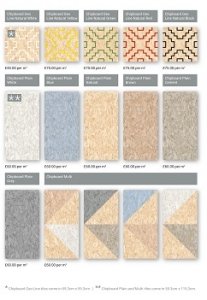
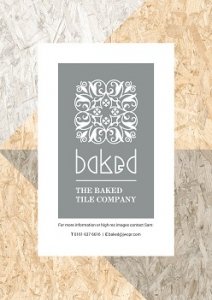
Case study – pro-active PR:
We once had some amazing success with a range of tiles – which were made to look like chipboard. We launched them as the ‘must-have’ look for 2017. World of Interiors – THE style bible for interiors – went crazy for them. So much so, they wanted to shoot six pages of editorial featuring them. The quantities they needed and the speed they needed them was going to cost the client more than £20,000. We had to go back and say we couldn’t deliver. But they were so into the tiles they decked the entire set out in chipboard and painted it to look like the tiles. Client got the full credit. Bingo.
Product Placement on TV
TV execs may contact you for products. These are all terrible people. It’s not that they mean to be. It’s just…
The thing you need to understand about TV, is that everyone who works in TV, thinks TV is everythng. The whole world has to stop for TV. They assume that everyone is so grateful just to hear from them, that any request they make of you will be granted immediately and delivered yesterday. Honestly, in their mind, nothing is more important than TV, they don’t mean to be idiots about it, they just can’t help it.
Now, to be fair, TV exposure can really help a brand fly. Because it is still an immensely powerful media. But you need to be careful.
We have had some great successes with TV product placement, but not always where you expect. We have placed on Top Gear and X Factor to much acclaim across social media, but which has translated into very few sales. We have had appearances on daytime telly which has sent sales wild. Here are my top tips for dealing with TV. Before agreeing to anything, discuss with the team exactly what you’d like to get out of the deal:
- signed product to giveaway?
- Interview with presenters?
- An intro to X, Y or Z influencer?
- On-set photography showing product in use – AND permission to use that photography on your owned media channels
- Is there an option to gift products to some of the more high profile celebs involved in return for tweets and instas?
If you’re sending products to TV, and I’m being serious here, dont expect to get them back in one piece. Whether through wear and tear or more likely bad-handling and packing, your products will very likely get damaged.
For this reason, if your sending furniture of any value, we always ask clients to deliver and collect it using their own specialist people. This way, while the product which comes back to you may not be re-saleable, it will certainly be good enough to run a competition to win it across whatever media you can interest in it – allowing you to maximise the use and value of the product.
A TV Product Placement Horror Story
Learn from this:
We struck a product placement deal to have some really funky mirrors placed all across a series of Britain’s Next Top Model. They were from a great company called Illuminated Mirrors:
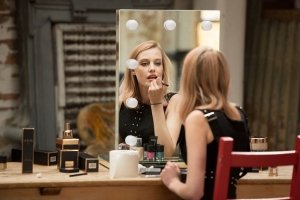
It was a great deal, we had Abi Clancy on board posting about them on Insta, we had photos from the set agreed, and the icing on the cake was that we had sent an extra mirror which was then signed in coloured Sharpie pens by all the girls on the show.
We were really chuffed. The show was bang on the target demographic of the brand, and we arranged a massive competition with Heat magazine, who were going to run the giveaway in the mag and across all their social media channels. We were pretty chuffed. I think we gave ourselves the rest of the day off after securing that one!
Anyway… the mirror was dispatched to the set. It was signed by all the girls. It was then carefully repackaged and sent by careful courier back to the warehouse of the company – where an eager warehouse worker saw the state of the mirror, and worried it had been vandalised, spent a whole hour removing all the signatures and restoring the mirror to its former untouched glory.
Ouch.

